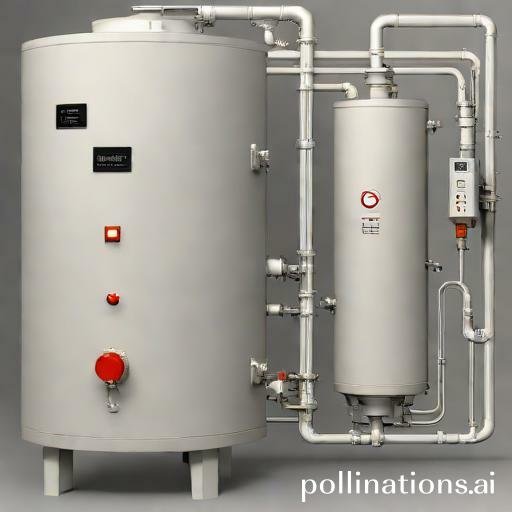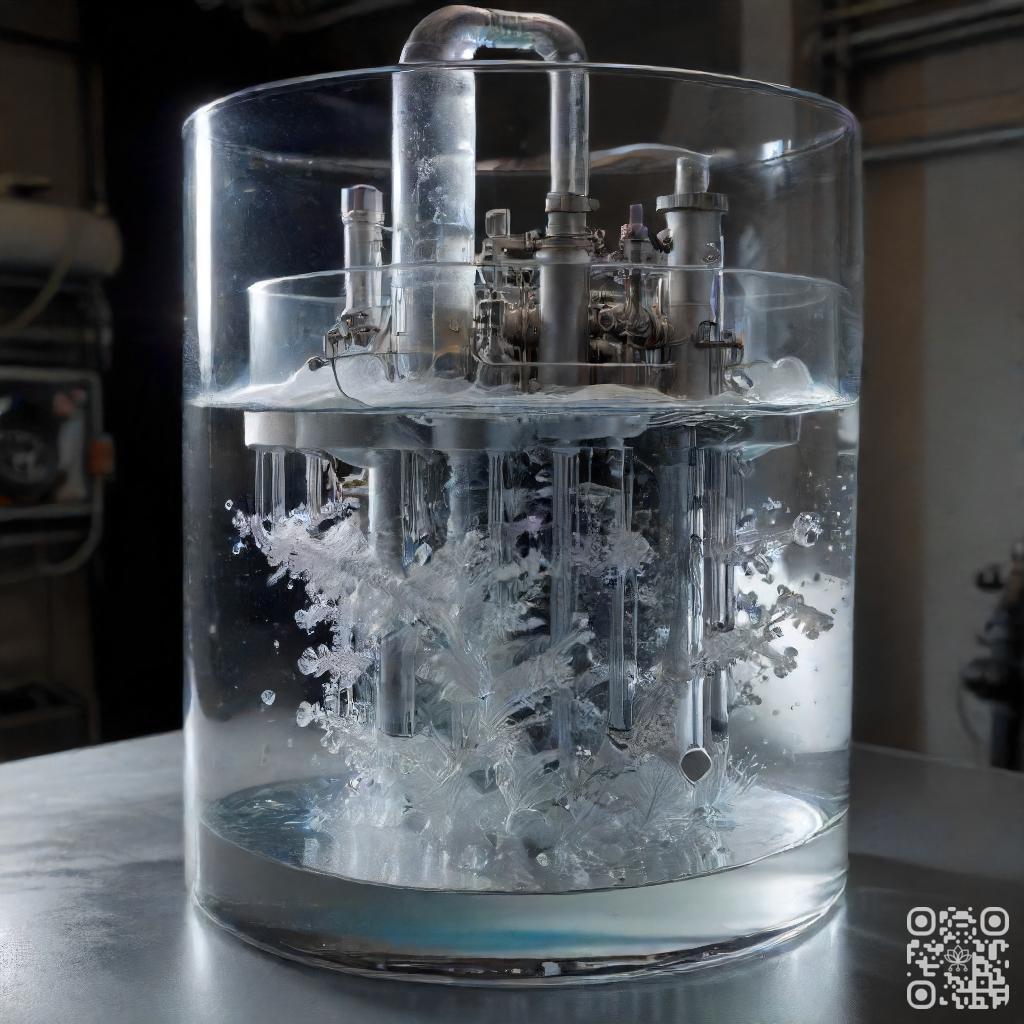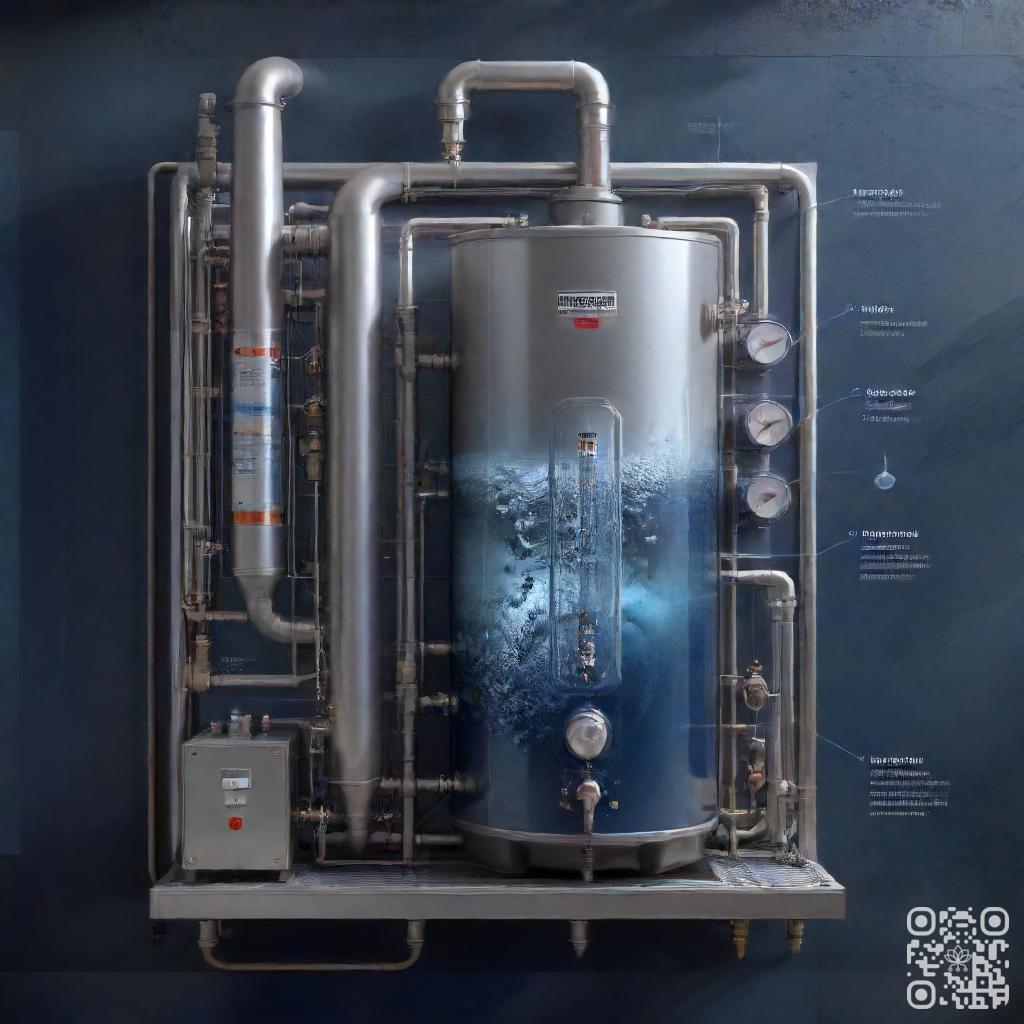
II. The frequency of sediment removal depends on factors such as water hardness, usage patterns, and the type of heater.
III. Regular sediment removal through flushing or draining can extend the lifespan of the heater and improve its overall performance.
Sediment removal is a crucial maintenance task for industrial water heaters. Over time, minerals and debris can accumulate in the tank, reducing efficiency and potentially causing damage.
Regular removal of sediment helps to ensure optimal performance and prolong the lifespan of the water heater. By scheduling routine sediment removal, businesses can avoid costly repairs and maintain a reliable source of hot water.
This process is essential for industries that rely on water heaters for their daily operations, such as hotels, restaurants, and manufacturing plants. With proper sediment removal, businesses can maximize the efficiency and longevity of their industrial water heaters.
Signs of Sediment Buildup in Water Heaters
1. Reduced Efficiency
One of the first signs of sediment buildup in a water heater is reduced efficiency. Over time, minerals and debris can accumulate at the bottom of the tank, creating a layer that acts as an insulator. This insulation prevents the heat from transferring efficiently to the water, resulting in longer heating times and increased energy consumption.
For example, a water heater that used to provide hot water within a few minutes may now take much longer to reach the desired temperature due to sediment buildup.
2. Unusual Noises
Another indication of sediment buildup is the presence of unusual noises coming from the water heater. As the sediment settles at the bottom of the tank, it can create a barrier between the heating element and the water. When the water is heated, it bubbles and boils, causing the sediment to rattle and make noises.
These noises can range from a low rumbling sound to loud popping or banging noises. If you notice any unusual sounds coming from your water heater, it may be a sign that sediment buildup is occurring.
3. Discolored Water
Sediment buildup can also lead to discolored water. As the minerals and debris accumulate in the tank, they can mix with the water and cause it to become cloudy, rusty, or brownish in color.
For instance, you may notice that the hot water coming out of your taps has a yellow or reddish tint. This discoloration is a clear indication that sediment has built up in your water heater.
4. Foul Odor
In some cases, sediment buildup can result in a foul odor coming from the water heater. As the minerals and organic matter decompose, they can produce a rotten egg or sulfur-like smell.
For example, when you turn on the hot water, you may notice an unpleasant smell that lingers in the air. This odor is a definite sign that sediment has accumulated in your water heater and needs to be addressed.
| Signs of Sediment Buildup | Description |
|---|---|
| Reduced Efficiency | The water heater takes longer to heat water due to insulation caused by sediment. |
| Unusual Noises | Rattling, popping, or banging sounds coming from the water heater due to sediment movement. |
| Discolored Water | Cloudy, rusty, or brownish water caused by the presence of sediment. |
| Foul Odor | Rotten egg or sulfur-like smell coming from the water heater due to decomposing sediment. |
It is essential to address sediment buildup in water heaters promptly to prevent further issues and ensure optimal performance. Regular maintenance, such as flushing the tank and removing accumulated sediment, can help extend the lifespan of your water heater and improve its efficiency.
Factors Affecting Sediment Buildup in Water Heaters
Water heaters are an essential appliance in every household, providing us with hot water for various purposes. Although, over time, sediment buildup can occur, resulting in decreased efficiency and potential damage to the water heater. Cognizing the factors that contribute to sediment buildup is crucial in maintaining the performance and longevity of your water heater.
1. Water Hardness
One of the primary factors influencing sediment buildup is water hardness. Hard water contains high levels of minerals such as calcium and magnesium. As the water is heated, these minerals can precipitate and settle at the bottom of the tank, forming sediment. The higher the water hardness, the faster sediment buildup occurs.
2. Water Temperature
The temperature at which the water is heated also plays a significant role in sediment accumulation. Higher water temperatures promote the formation of sediment, as the minerals present in the water become more soluble and are more likely to precipitate. It is essential to find the right balance between hot water temperature and sediment buildup.
3. Tank Size and Design
The size and design of the water heater tank can impact sediment buildup. Smaller tanks tend to have a higher concentration of minerals, leading to quicker sediment accumulation. Additionally, the design of the tank, including the shape and positioning of the heating elements, can influence sediment formation. Regular maintenance, such as flushing the tank, can help mitigate sediment buildup in tanks of all sizes and designs.
4. Frequency of Use
The frequency at which the water heater is used also affects sediment buildup. Water heaters that are used more frequently tend to experience faster sediment accumulation. If your household has high hot water demand, consider implementing a regular maintenance schedule to prevent excessive sediment buildup.
Methods of Sediment Removal in Water Heaters
In order to ensure the optimal performance and longevity of your water heater, fundamental to regularly remove sediment that can accumulate in the tank. Sediment buildup can lead to reduced efficiency, decreased water flow, and even damage to the heating elements. There are several effective methods for removing sediment from water heaters:
1. Flushing the Tank
Flushing the tank is a common and relatively simple method of sediment removal. This involves draining the water heater tank completely to remove any accumulated sediment. To do this, turn off the power supply to the heater and shut off the water supply. Attach a hose to the drain valve at the bottom of the tank and direct the other end of the hose to a suitable drainage area. Open the drain valve and let the water flow out until it runs clear, indicating that the sediment has been flushed out.
2. Chemical Treatment
Chemical treatment can be used to dissolve and remove sediment from water heaters. There are various commercial products available that are specifically designed for this purpose. These products often contain chemicals that break down the sediment, making it easier to flush out. Follow the manufacturer’s instructions carefully when using chemical treatments, and be sure to flush the tank thoroughly afterwards to remove any remaining residue.
3. Mechanical Cleaning
Mechanical cleaning involves physically scrubbing the interior of the water heater tank to remove sediment. This method is typically used for more stubborn or hardened sediment deposits. Specialized tools, such as brushes or scrapers, can be used to manually remove the sediment. Take care not to damage the tank or heating elements during the cleaning process.
4. Installing a Sediment Filter
Installing a sediment filter can help prevent sediment buildup in the water heater tank. These filters are designed to trap sediment particles before they can enter the tank. They can be installed on the incoming water supply line or directly on the water heater itself. Regular maintenance and cleaning of the sediment filter is necessary to ensure its effectiveness.

Recommended Sediment Removal Frequency for Industrial Water Heaters
Sediment buildup in industrial water heaters can lead to reduced efficiency, increased energy consumption, and even equipment failure. To ensure optimal performance and longevity of your water heater, it is crucial to follow recommended sediment removal frequency guidelines. Here, we will scrutinize the factors that influence sediment buildup and the importance of professional inspection and maintenance.
1. Manufacturer Recommendations
Manufacturers of industrial water heaters provide specific guidelines regarding sediment removal. These recommendations are based on extensive research and testing to ensure the best performance of their products. It is essential to adhere to these recommendations to prevent sediment accumulation and maintain the efficiency of your water heater.
2. Water Quality and Usage
The quality of the water and its usage play a significant role in sediment buildup. Hard water, which contains high mineral content, is more prone to forming sediment deposits. Additionally, increased usage of the water heater can lead to faster sediment accumulation. Regular monitoring of water quality and usage patterns can help determine the appropriate sediment removal frequency for your specific industrial water heater.
3. Professional Inspection and Maintenance
Regular professional inspection and maintenance are crucial for identifying sediment buildup and ensuring its timely removal. Trained technicians can assess the condition of your water heater, identify any potential issues, and perform the necessary maintenance procedures. This includes flushing out accumulated sediment and cleaning the internal components to restore optimal functionality.
| Factors Influencing Sediment Buildup | Recommended Sediment Removal Frequency |
|---|---|
| Water quality and mineral content | Every 6-12 months |
| High water usage | Every 6-12 months |
| Manufacturer recommendations | As specified by the manufacturer |

Benefits of Regular Sediment Removal in Water Heaters
Improved Efficiency and Performance
Regular sediment removal in water heaters offers numerous benefits, starting with improved efficiency and performance. Over time, sediments such as sand, minerals, and debris can accumulate at the bottom of the tank, creating a thick layer that hinders the heating process. By removing these sediments, the water heater can function at its optimal level, heating water faster and more efficiently. This ensures that you have a steady supply of hot water whenever you need it, without any delays or fluctuations in temperature.
Extended Lifespan of the Water Heater
Another advantage of regular sediment removal is the extended lifespan of your water heater. When sediments build up in the tank, they can cause corrosion and damage to the internal components. This can lead to leaks, malfunctions, and even complete breakdowns of the water heater. By regularly removing these sediments, you can prevent such issues and prolong the lifespan of your appliance, saving you from costly repairs or replacements.
Reduced Energy Bills
Did you know that sediments in your water heater can also affect your energy bills? As sediments accumulate, they create a barrier between the heating element and the water, causing the heater to work harder and consume more energy to heat the water to the desired temperature. By removing these sediments regularly, you can improve the energy efficiency of your water heater, resulting in lower energy bills and reduced energy consumption. This not only benefits your wallet but also the environment by reducing your carbon footprint.
Enhanced Water Quality and Safety
Regular sediment removal is essential for maintaining the water quality and safety in your home. Sediments, such as rust or minerals, can affect the taste and odor of your water. They can also harbor bacteria or other pathogens, compromising the safety of the water you use for drinking, cooking, or bathing. By removing these sediments, you can ensure that your water is clean, clear, and free from any potential contaminants, enhancing both the quality and safety of your water supply.
Bottom Line
Regular sediment removal is crucial for maintaining the efficiency and longevity of industrial water heaters. The frequency of sediment removal depends on various factors such as the type of water, the size of the heater, and the level of usage. Neglecting sediment buildup can lead to reduced performance, increased energy consumption, and even premature failure of the heater. Therefore, it is recommended to follow the manufacturer’s guidelines and schedule routine maintenance to ensure optimal performance and avoid costly repairs or replacements. Additionally, implementing preventive measures such as water softening and filtration can help reduce sediment accumulation and prolong the life of the heater. Overall, investing in proper maintenance and care can save money and improve the reliability of industrial water heaters.
Read More:
1. Sediment Removal And Water Heater Circulation Pump Maintenance
2. Sediment Removal For Apartment Complex Water Heaters










